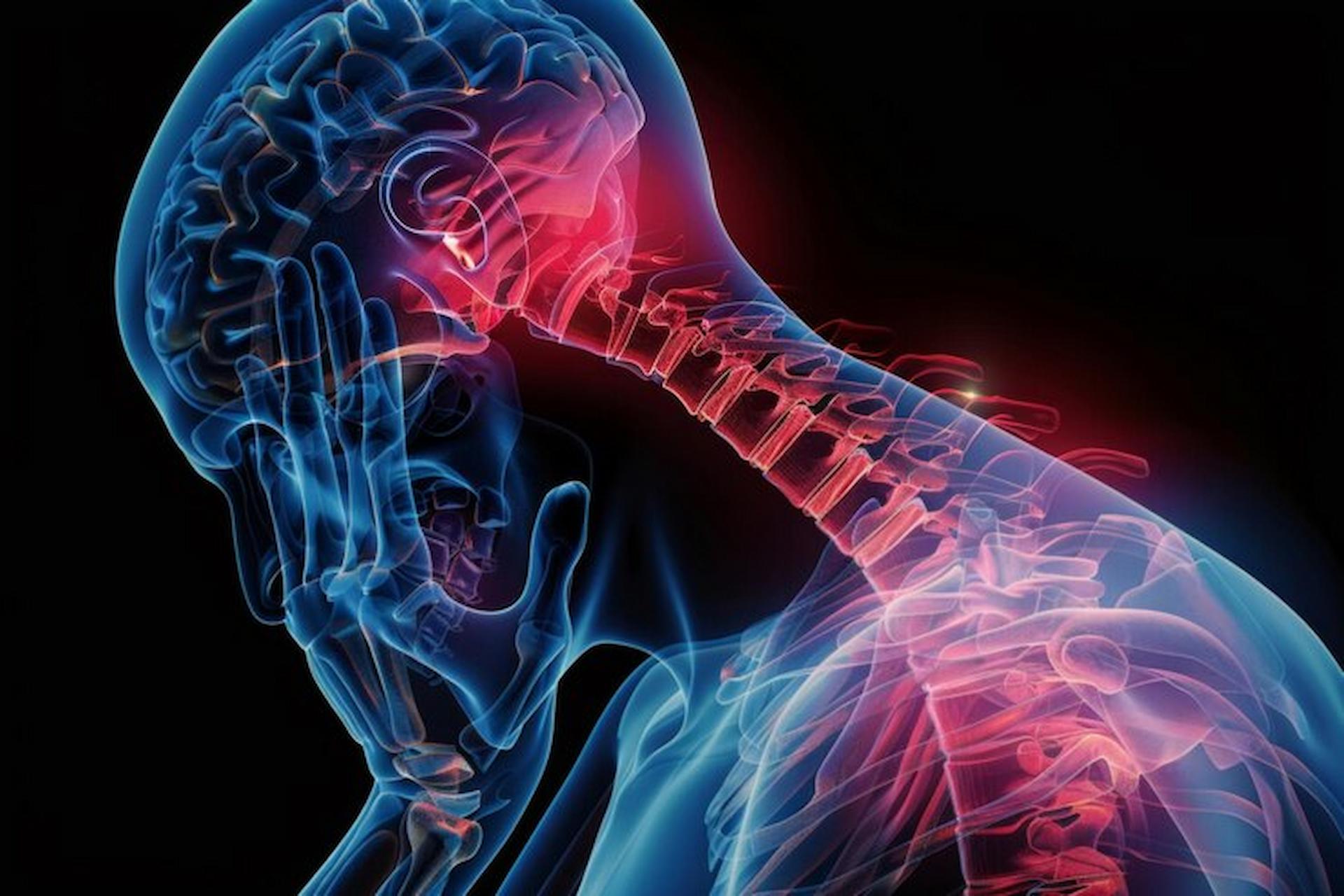Pelvic pain syndromes encompass a range of conditions with a large symptom being chronic or recurrent pain in the lower abdomen, pelvis, or perineal region. These syndromes can significantly impact quality of life, leading to physical discomfort, emotional distress, and impaired daily functioning. Understanding the pathophysiology, accurate diagnosis, and effective management strategies is crucial for improving patient outcomes.
Pathophysiology of Pelvic Pain Syndromes
Pelvic pain can arise from various structures within the pelvic region, including the gastrointestinal, urinary, reproductive, musculoskeletal, and nervous systems. The pathophysiology is often complex and multifactorial, involving:
1. Inflammation and Infection
Conditions like pelvic inflammatory disease (PID) and interstitial cystitis involve chronic inflammation, which can cause significant pain. PID, often resulting from sexually transmitted infections, leads to inflammation of the reproductive organs, while interstitial cystitis causes bladder pain and frequent urination due to chronic bladder inflammation.
2. Neuropathic Pain
Nerve damage or entrapment can lead to neuropathic pain, characterized by burning, shooting, or stabbing sensations. Pudendal neuralgia, for example, involves chronic pain along the pudendal nerve, affecting the perineum, genital area, and rectum.
3. Musculoskeletal Dysfunction
Myofascial pain syndrome and pelvic floor muscle dysfunction contribute to chronic pelvic pain. Trigger points or spasms in the pelvic floor muscles can cause localized pain and referred pain to other pelvic structures.
4. Endometriosis
This condition relates to the growth of endometrial tissue outside the uterus, causing inflammation, adhesions, and significant pelvic pain, especially during menstruation.
5. Central Sensitization
Chronic pelvic pain can result from central sensitization, where the central nervous system becomes overly sensitized to pain signals. This mechanism can amplify pain perception and contribute to ongoing pain even if there is no ongoing tissue damage.
Diagnosis of Pelvic Pain Syndromes
Accurate diagnosis of pelvic pain syndromes requires a comprehensive approach, including detailed patient history, physical examination, and appropriate diagnostic tests.
1. Patient History
A thorough history should include the onset, duration, and characteristics of the pain, as well as any associated symptoms like urinary frequency, bowel disturbances, or menstrual irregularities. Understanding the impact on daily activities and emotional well-being is also essential.
2. Physical Examination
A pelvic examination can help identify areas of tenderness, muscle spasms, or structural abnormalities. Examination techniques may include palpation of the pelvic floor muscles, pelvic organ mobility assessment, and pain response evaluation.
3. Diagnostic Tests
Imaging studies can help to identify structural abnormalities or inflammatory conditions. Diagnostic laparoscopy is a minimally invasive procedure used to directly visualize the pelvic organs and can be particularly useful for diagnosing endometriosis.
4. Laboratory Tests
Blood tests and urine analysis can help to identify infections, hormonal imbalances, or inflammatory markers that may contribute to pelvic pain.
Management of Pelvic Pain Syndromes
Effective management of pelvic pain syndromes requires a multimodal approach, combining medical, surgical, and supportive therapies tailored to the individual patient.
1. Pharmacotherapy
Pain relief can be achieved through the use of nonsteroidal anti-inflammatory drugs (NSAIDs), analgesics, and neuropathic pain medications such as gabapentin or amitriptyline. Hormonal treatments like oral contraceptives or GnRH agonists can be effective for conditions like endometriosis.
2. Physical Therapy
Specialized pelvic floor physical therapy can help alleviate pain by addressing muscle dysfunction, improving pelvic floor muscle coordination, and reducing trigger points. Techniques may include manual therapy, biofeedback, and specific exercises. You can also find dilators online at pelvicrelief.co.uk to continue your physical therapy.
3. Surgical Interventions
Surgical options may be necessary for conditions like endometriosis, pelvic organ prolapse, or fibroids. Laparoscopic surgery can remove endometrial implants, adhesions, or fibroids, providing significant pain relief.
4. Lifestyle Modifications
Dietary changes, regular exercise, and stress management techniques can help reduce pain and enhance overall well-being. Avoiding triggers such as specific foods, caffeine, and alcohol may also be beneficial.
5. Psychological Support
Chronic pelvic pain often has a significant psychological component. Cognitive-behavioral therapy (CBT), mindfulness, and support groups can help many manage the emotional aspects of chronic pain and improve coping strategies.
Conclusion
Pelvic pain syndromes are complex and multifactorial, requiring a comprehensive and individualized approach to diagnosis and management. Advances in understanding the pathophysiology of these conditions, coupled with a multidisciplinary treatment strategy, can significantly improve patient outcomes and quality of life. Early and accurate diagnosis, combined with effective pain management and supportive therapies, is essential for addressing the diverse needs of individuals suffering from pelvic pain syndromes.



Leave a Reply
You must be logged in to post a comment.